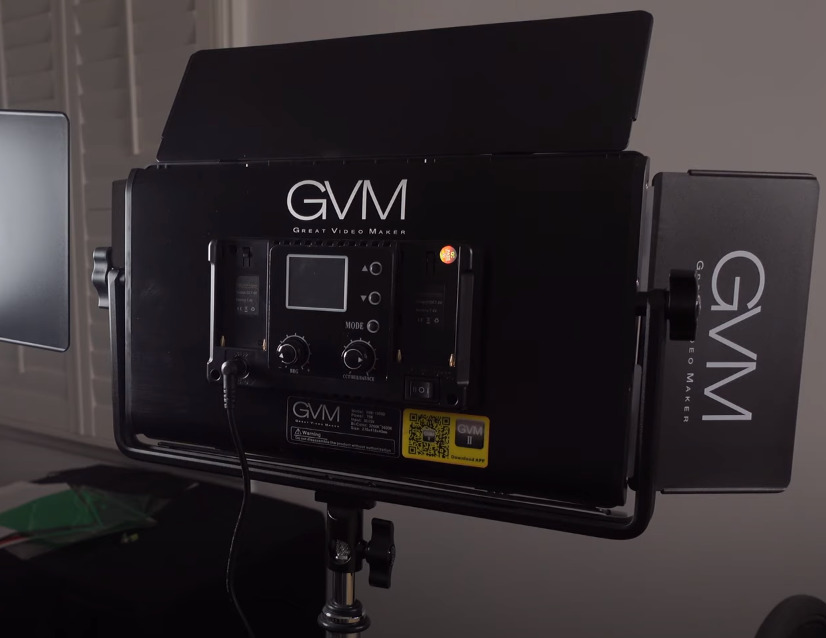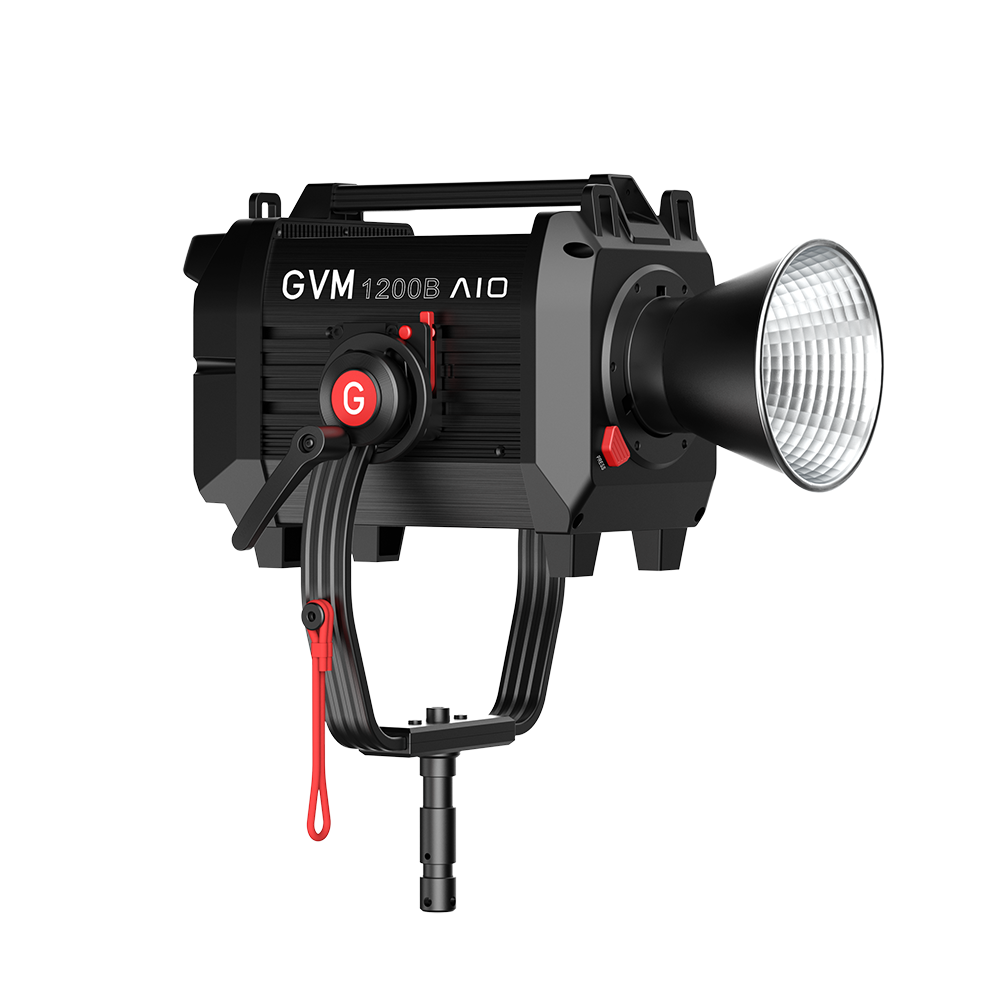Try To Observe The Light Like A Painter And Create Beautiful Portraits With LED Video Light
When taking pictures, try to think like this: Create like a painter. Painting is an additive process: the painter superimposes the painting onto the canvas, while photography is basically subtraction: the photographer, through careful composition and cropping, subtracts unwanted or distracting elements from the scene to create the scene’s vision or impression.
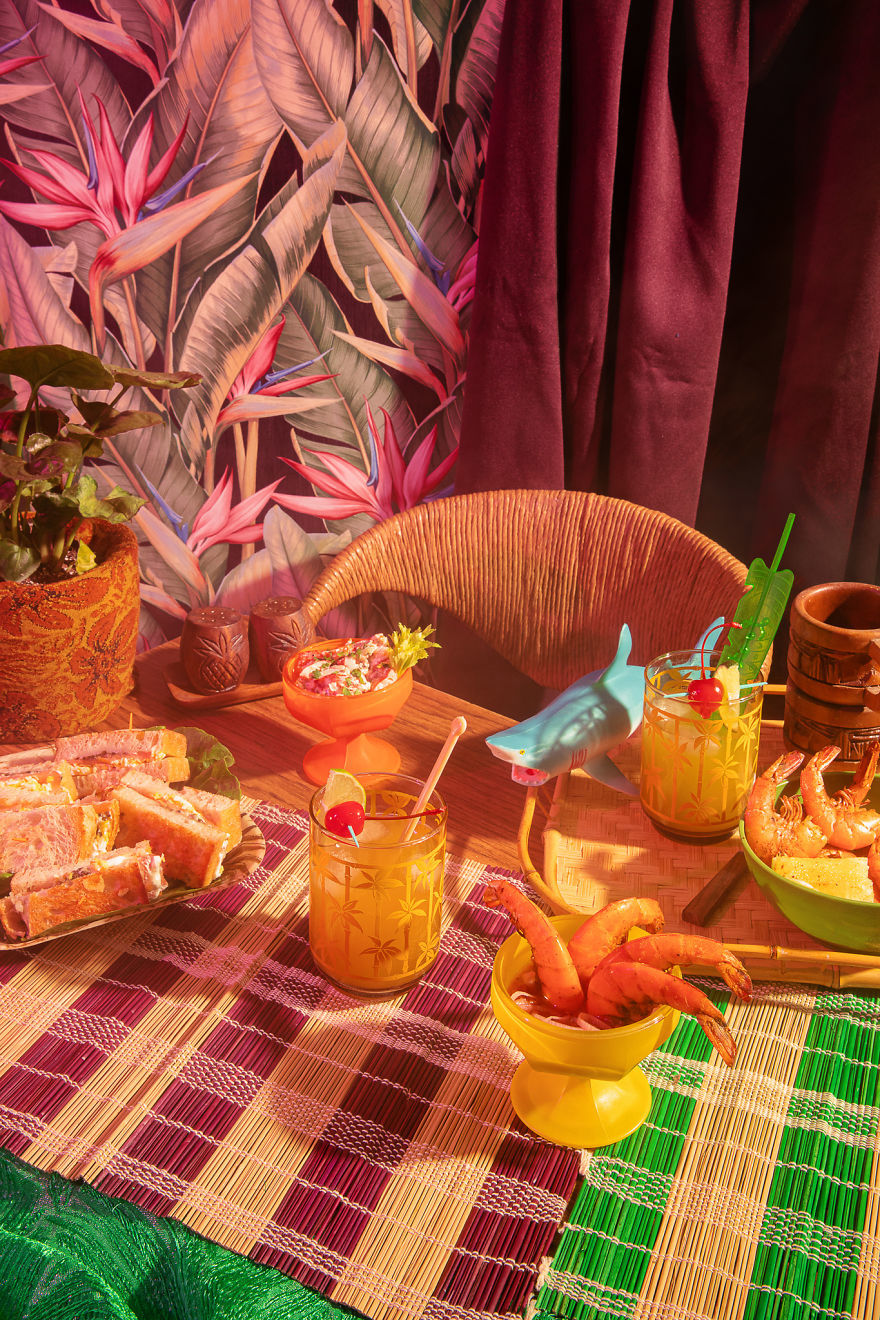
Here’s something else about painters: they think selectively, selectively control brightness, shadows and highlights, contrast, color, sharpness, and more in their paintings—with precise control over every inch of their paintings. Painters also pre-envision the end result, usually starting with a medium (paint, pastel, etc.) that will convey their creative vision.
They use what is commonly called, and what Ansel Adams calls “creative visualization,” and Dorothea Lange shares another idea: “The camera is a tool for teaching people how to see without a camera.”

When a photographer thinks like a painter, shoots and processes images like a painter, images look more creative and artistic. Here too, creative visualization is key. Yes, we want the best possible image results, but with Photoshop, Lightroom, and other imaging programs and plug-ins, we have the added benefit of being able to control every pixel in the file and add painting to the digital file Effect.
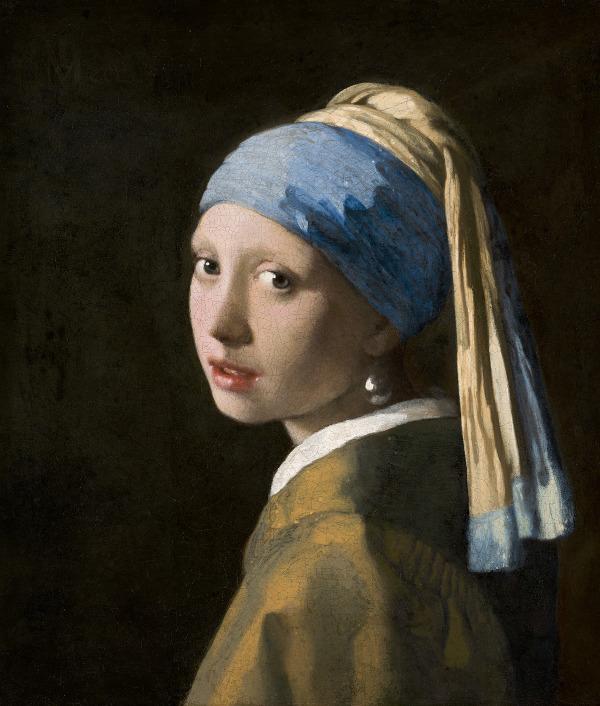
Girl with a Pearl Earring, Johannes Vermeer
Whether as photographers, painters and illustrators, our ability to capture and shape light is one of the key elements that make up an image. For example, you can learn more about the use of light by going to a museum to learn about master painters, master sketchers and sculptors.
For example, the Renaissance portraitist Leonardo da Vinci used highlights and shadows to emphasize angle and fullness, creating realistic anatomy.
How to perceive light and its relationship to the subject
By looking at these details, you can better understand how each artist perceives light and its relationship to the subject, which is the main element in every photo you take or will take.
When seeing the effect of light on an object, it will transfer to your photo, here are six things to note too:
- Judging the contrast in the scene to consider whether it is necessary to compensate the light ratio with HDR, flash, etc. (compress the contrast range of the scene);
- The direction of the light so you can see where the shadows fall and where the light is reflected;
- Soft and hard light;
- The color of the light, for warm or cool photos;
- Movement of light (such as reflections in water ripples or the lights of vehicles on the road), so different shutter speeds can be selected to freeze or blur these shadows;
- Emotional effects of light and shadow in a scene, as well as creating dramatic or mysterious moods.
LED Video Lights Made to Create Better Portraits

Specifications
- 476 RGB bulbs
- 384 white beads
- 384 warm beads
- 50W Each Side
- RGB 0°~360°
- SAT: 0%~100%
- CRI: 97+
- 3200K-5600K
- 23000lux/0.5m, 6600lux/1m

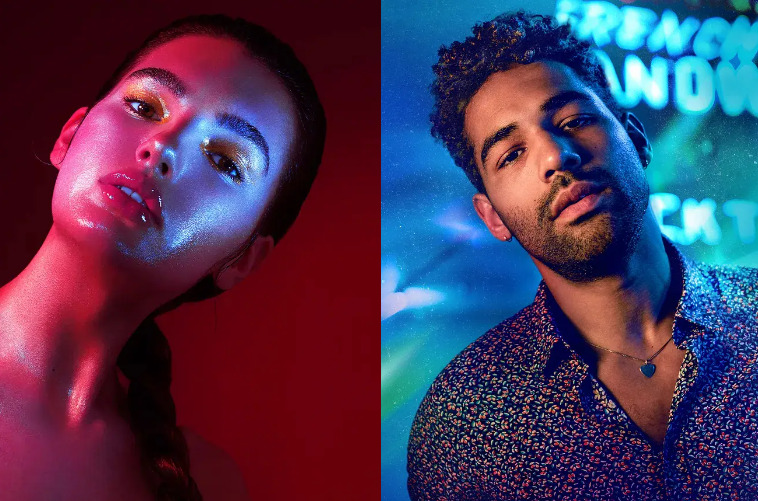
Specifications
- Update Simulate Scene Modes
- APP Intelligent Control System
- RGB 800D support master and Slave control mode
- It consists of 168 LED Beads and 84 RGB beads
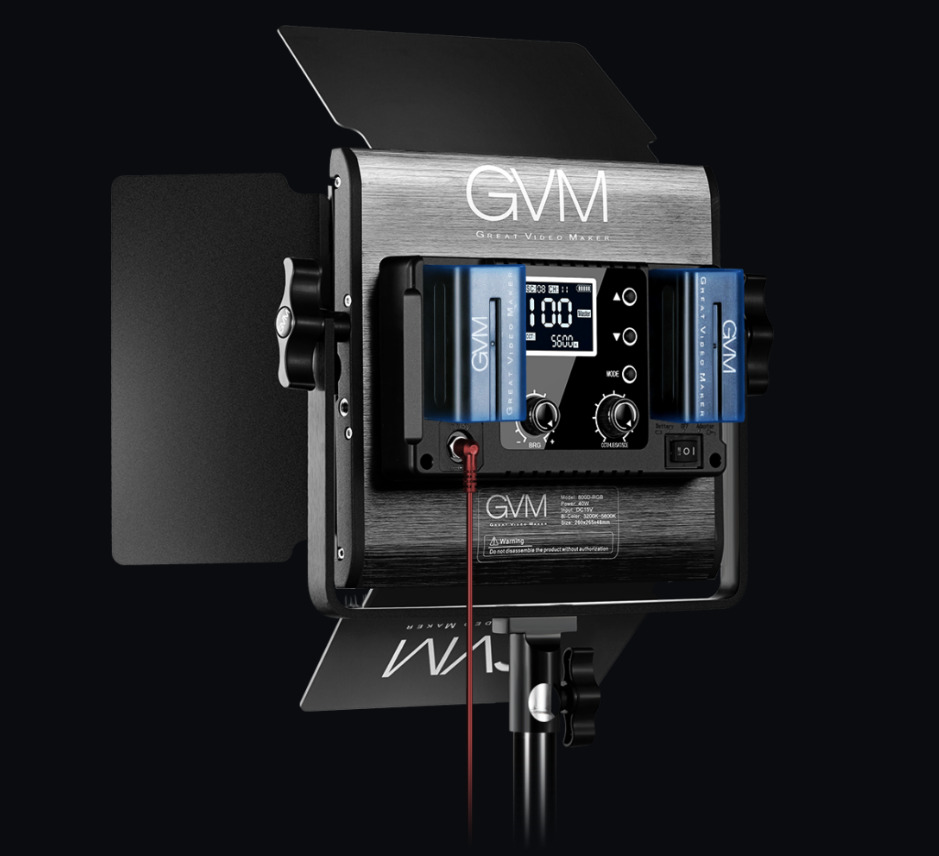
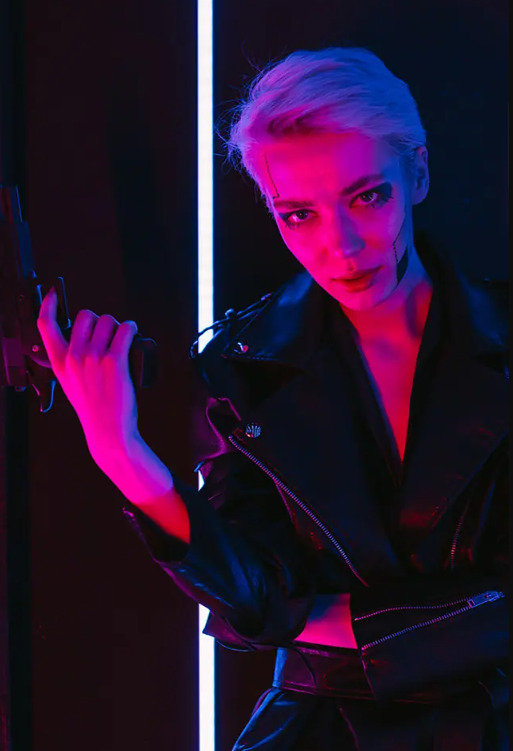
Specifications
- Update Simulate Scene Modes
- APP Intelligent Control System
- RGB 1500D support master and Slave control mode
- Two Power Supply Options
